Xiaojie Feng
Toward Efficient Federated Learning in Multi-Channeled Mobile Edge Network with Layerd Gradient Compression
Sep 18, 2021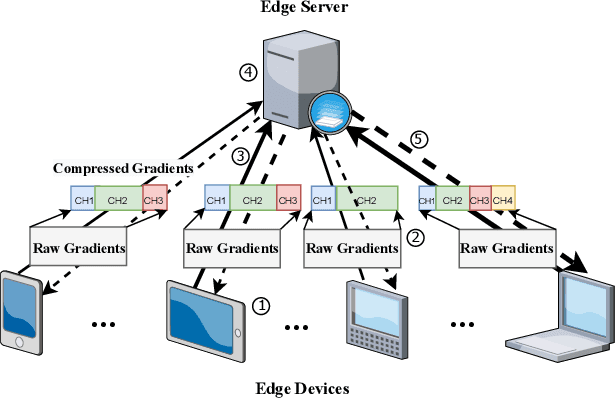

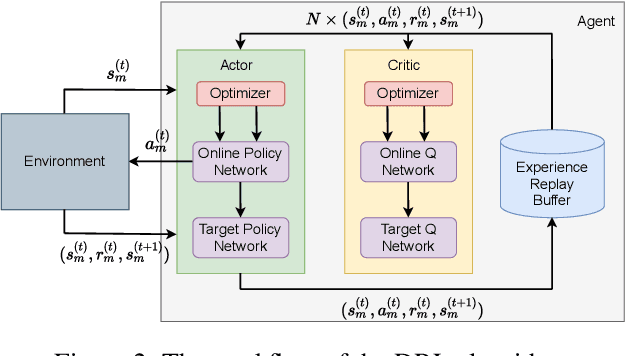

Abstract:A fundamental issue for federated learning (FL) is how to achieve optimal model performance under highly dynamic communication environments. This issue can be alleviated by the fact that modern edge devices usually can connect to the edge FL server via multiple communication channels (e.g., 4G, LTE and 5G). However, having an edge device send copies of local models to the FL server along multiple channels is redundant, time-consuming, and would waste resources (e.g., bandwidth, battery life and monetary cost). In this paper, motivated by the layered coding techniques in video streaming, we propose a novel FL framework called layered gradient compression (LGC). Specifically, in LGC, local gradients from a device is coded into several layers and each layer is sent to the FL server along a different channel. The FL server aggregates the received layers of local gradients from devices to update the global model, and sends the result back to the devices. We prove the convergence of LGC, and formally define the problem of resource-efficient federated learning with LGC. We then propose a learning based algorithm for each device to dynamically adjust its local computation (i.e., the number of local stochastic descent) and communication decisions (i.e.,the compression level of different layers and the layer to channel mapping) in each iteration. Results from extensive experiments show that using our algorithm, LGC significantly reduces the training time, improves the resource utilization, while achieving a similar accuracy, compared with well-known FL mechanisms.
Multi-Range Attentive Bicomponent Graph Convolutional Network for Traffic Forecasting
Nov 27, 2019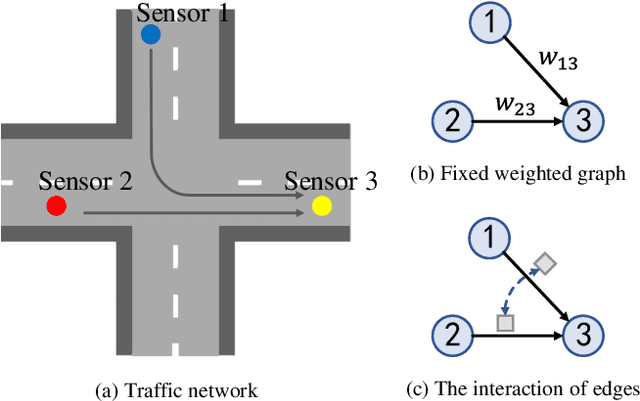

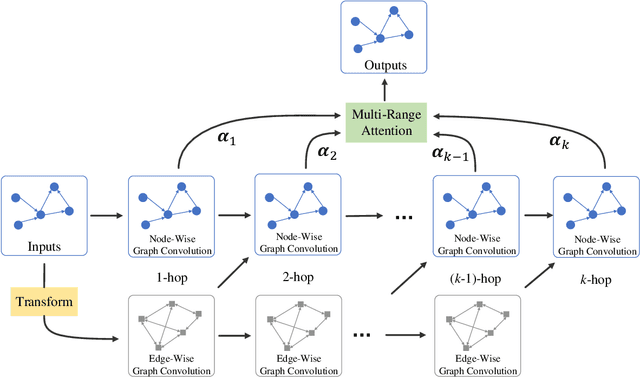
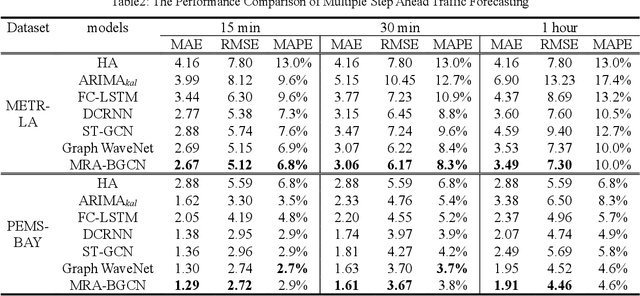
Abstract:Traffic forecasting is of great importance to transportation management and public safety, and very challenging due to the complicated spatial-temporal dependency and essential uncertainty brought about by the road network and traffic conditions. Latest studies mainly focus on modeling the spatial dependency by utilizing graph convolutional networks (GCNs) throughout a fixed weighted graph. However, edges, i.e., the correlations between pair-wise nodes, are much more complicated and interact with each other. In this paper, we propose the Multi-Range Attentive Bicomponent GCN (MRA-BGCN), a novel deep learning model for traffic forecasting. We first build the node-wise graph according to the road network distance and the edge-wise graph according to various edge interaction patterns. Then, we implement the interactions of both nodes and edges using bicomponent graph convolution. The multi-range attention mechanism is introduced to aggregate information in different neighborhood ranges and automatically learn the importance of different ranges. Extensive experiments on two real-world road network traffic datasets, METR-LA and PEMS-BAY, show that our MRA-BGCN achieves the state-of-the-art results.
 Add to Chrome
Add to Chrome Add to Firefox
Add to Firefox Add to Edge
Add to Edge